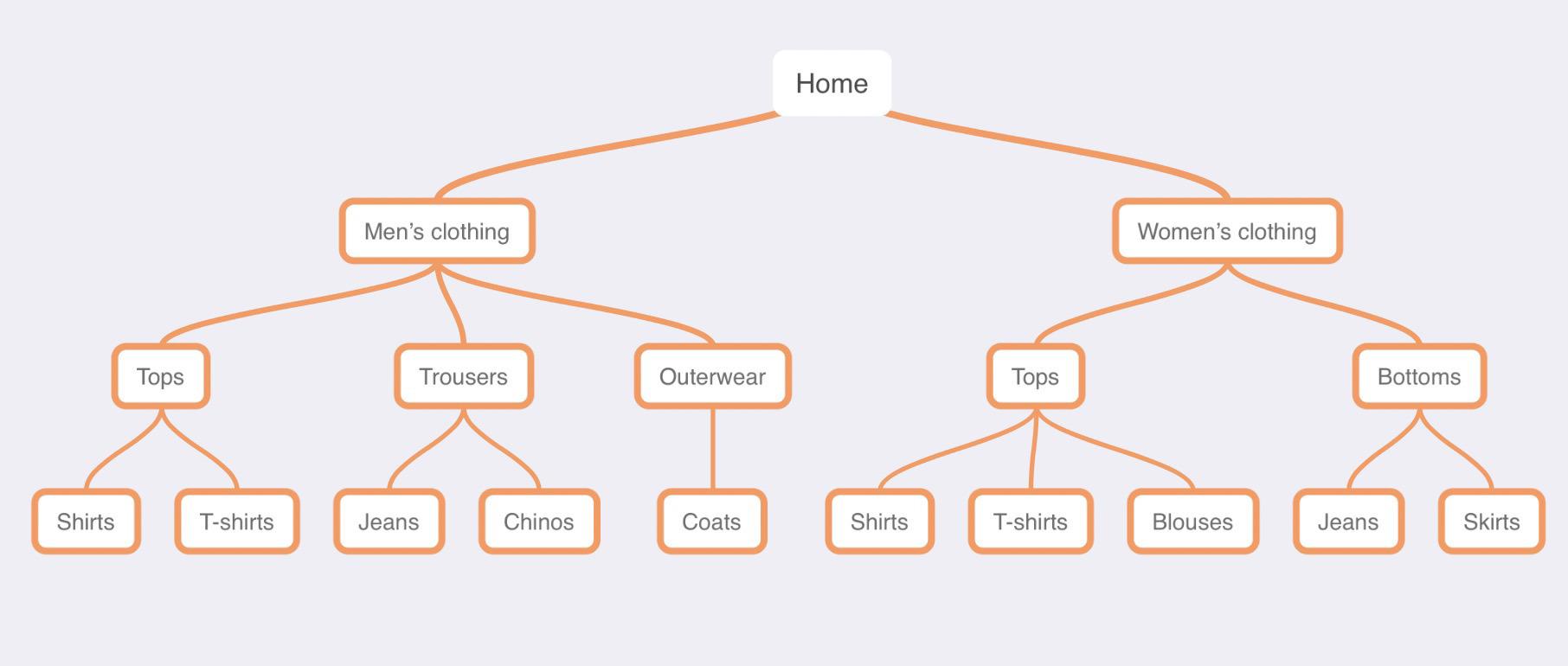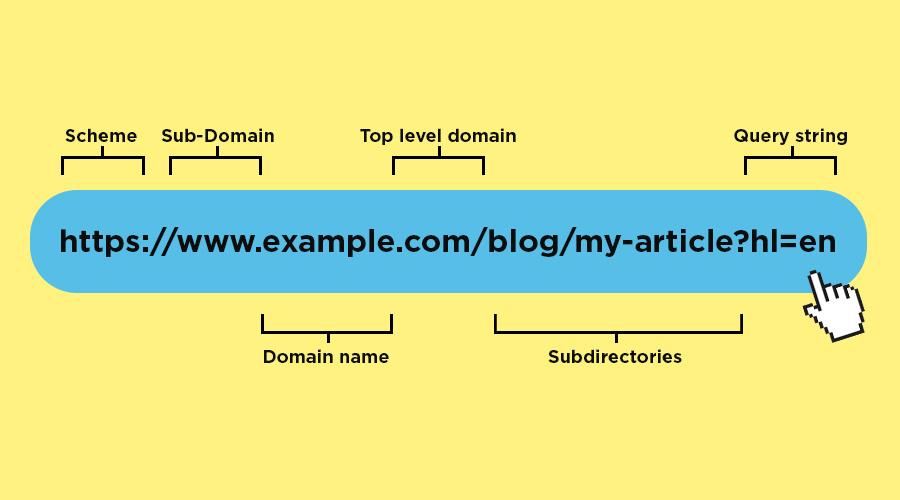Unlocking SEO: The Impact of Website Structure on Rankings
In the vast digital landscape, where countless websites vie for attention, the path to visibility is often obscured by the complexities of search engine algorithms. Yet, hidden beneath the surface, a powerful determinant of online success lies in the very architecture of a website—its structure. Just as a well-designed building draws visitors in and guides them through its halls, an effective website structure not only enhances user experience but also signals to search engines the importance and relevance of its content. In this article, we will explore the intricate relationship between website structure and SEO rankings, unveiling strategies and best practices to unlock the full potential of your online presence. Join us as we delve into the foundational elements that can elevate your site from the shadows into the spotlight of search engine results.
Understanding Website Architecture and Its Role in SEO
Website architecture plays a crucial role in determining how search engines crawl and index your site, directly impacting your visibility and rankings. A well-structured site not only aids search engines but also enhances user experience. Key components of effective website architecture include:
- Hierarchy: Organizing content in a clear, logical hierarchy helps both users and search engines navigate your site effortlessly.
- URLs: Clean and descriptive URLs improve clarity and keyword relevance, making it easier for search engines to digest your content.
- Internal Linking: A robust internal linking strategy allows for better distribution of page authority and improves the likelihood of pages being crawled.
Another important aspect to consider is the use of responsive design. In today’s mobile-centric world, a responsive website ensures a seamless experience across devices, which is a key factor for SEO ranking. Additionally, implementing schema markup can enhance your site’s visibility by providing search engines with more context about your content. This structured data can help improve your rich snippets in search results, increasing click-through rates. Below is a simple table illustrating the impact of website architecture elements on SEO:
| Element | SEO Impact |
|---|---|
| Hierarchy | Improves crawl efficiency |
| Clean URLs | Enhances keyword relevance |
| Internal Links | Boosts page authority |
| Responsive Design | Improves user experience |
| Schema Markup | Improves visibility in search results |

The Importance of URL Structure for Enhanced Visibility
A well-structured URL can significantly impact your website’s visibility and search engine ranking. When URLs are organized in a logical hierarchy, they become more user-friendly and easily crawlable by search engines. This structure not only helps in categorizing content effectively but also communicates the essence of the page to both users and bots. Important elements to consider include:
- Readability: Users should be able to understand the content of a page just by looking at the URL.
- Keywords: Including relevant keywords can improve the page’s relevance in search engine results.
- Short and Simple: Longer URLs can be cumbersome; keep it concise to ensure better sharing and linking.
Moreover, a consistent URL structure plays a vital role in establishing an internal linking strategy, which can amplify your site’s SEO potential. A hierarchy that mirrors your website’s overall structure facilitates better navigation for users and aids search engines in indexing your content. Consider the following table that illustrates the impact of URL structure on SEO performance:
| URL Structure Type | SEO Impact | User Experience |
|---|---|---|
| Descriptive URLs | High | Clear and understandable |
| Dynamic URLs | Moderate | Confusing for users |
| Short URLs | High | Easy to remember |

Optimizing Internal Linking to Boost Site Authority
Internal linking is a powerful tool for enhancing your website’s structure and authority. By strategically placing links within your content, you not only guide your visitors through your site but also signal to search engines which pages are important. Consider these effective strategies for maximizing the benefits of your internal links:
- Prioritize high-value content: Link to pages that have significant value or are likely to convert visitors.
- Use descriptive anchor text: This helps both users and search engines understand the context of the linked page.
- Maintain a logical hierarchy: Ensure that your most important pages are no more than a few clicks away from the homepage.
- Limit the number of links: Aim for a clean and uncluttered experience; too many links can confuse users and dilute page authority.
To visualize the impact of a well-structured internal linking strategy, consider the following table that outlines the benefits and potential outcomes:
| Benefits | Potential Outcomes |
|---|---|
| Enhanced User Navigation | Lower bounce rates |
| Improved Page Authority | Higher search rankings |
| Better Crawl Efficiency | Faster indexing by search engines |
| Increased Engagement | Longer session durations |

Leveraging Mobile-Friendly Design to Improve Rankings
In an era where mobile usage surpasses desktop browsing, ensuring your website adopts a mobile-friendly design is no longer optional but essential. Responsive design not only enhances user experience but also plays a significant role in SEO rankings. Search engines, particularly Google, prioritize sites that are optimized for mobile devices. By implementing responsive layouts, quick load times, and accessible navigation, you significantly decrease bounce rates and increase the chances of converting visitors into customers. Consider the following aspects when optimizing your site:
- Fluid Grids: Use relative units for layout elements to adapt to different screen sizes.
- Touch-Friendly Elements: Design clickable areas that are easy to tap on smaller screens.
- Image Optimization: Ensure images resize appropriately and maintain quality across devices.
Moreover, the mobile-first indexing approach has transformed how search engines evaluate websites. They prioritize the mobile version of your site for indexing and ranking, meaning that your mobile design must represent the content effectively. Regularly testing your site on various devices and screen sizes can provide valuable insights into user experience. To help visualize key design components, consider the following table summarizing best practices for mobile design:
| Best Practice | Description |
|---|---|
| Fast Loading Speed | Minimize file sizes and leverage browser caching. |
| Simple Navigation | Use a hamburger menu or straightforward menus to simplify user access. |
| Readable Text | Ensure fonts are legible and appropriately sized for various devices. |
Wrapping Up
the architecture of your website is more than just a digital foundation; it is the backbone of your online presence, influencing everything from user experience to search engine visibility. As we’ve explored, an intuitive and organized structure not only facilitates easy navigation for visitors but also signals to search engines that your content is valuable and worthy of higher rankings. By investing time and resources into optimizing your website’s layout, you can unlock the full potential of SEO and pave the way for sustainable growth in the competitive digital landscape. Remember, every click and scroll counts. So, whether you’re a seasoned web developer or a budding entrepreneur, it’s time to take a step back, assess your site’s structure, and watch as your rankings climb. After all, in the realm of SEO, a well-structured website is not just a triumph of design but a catalyst for success.
